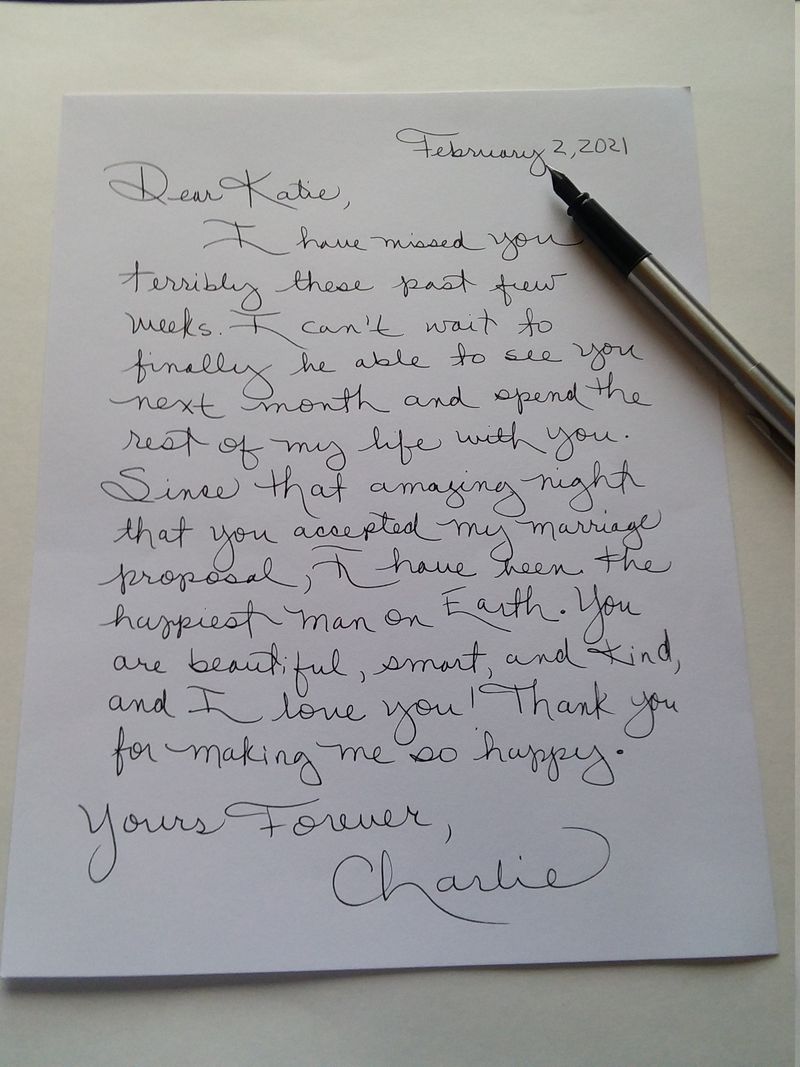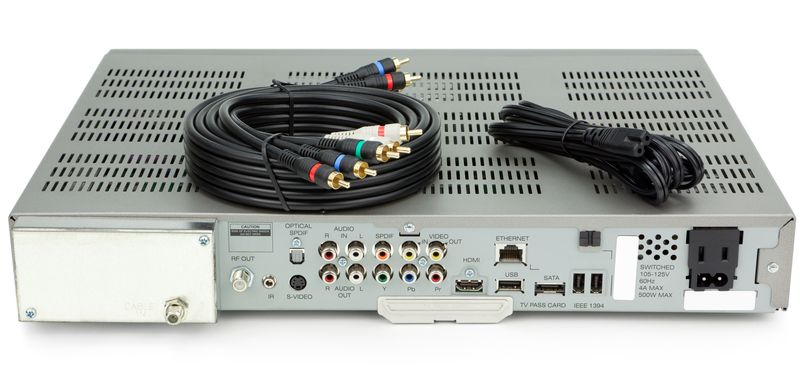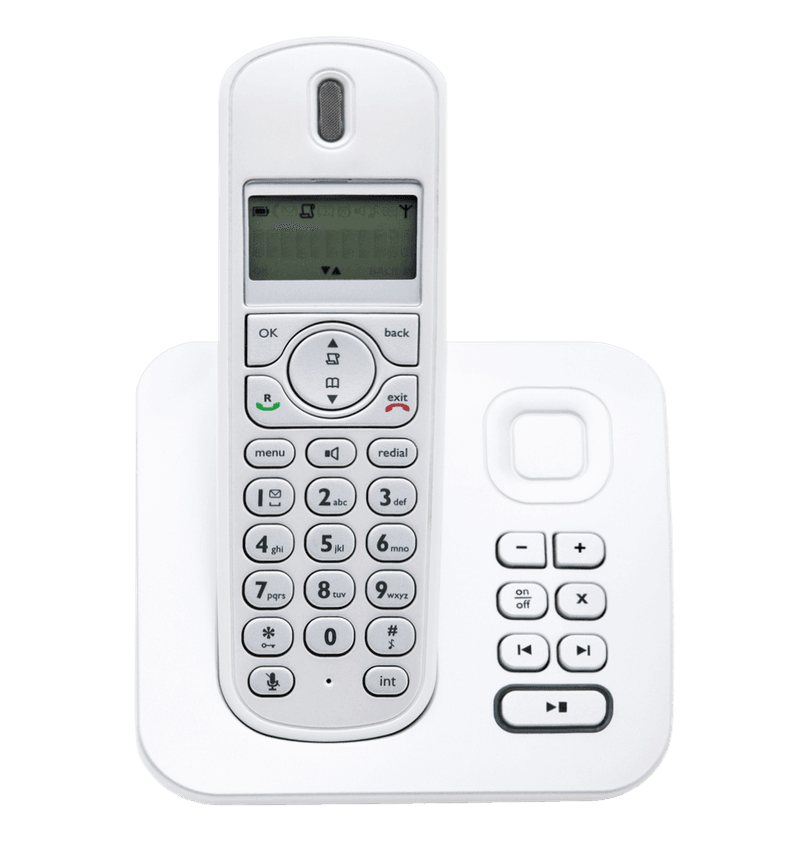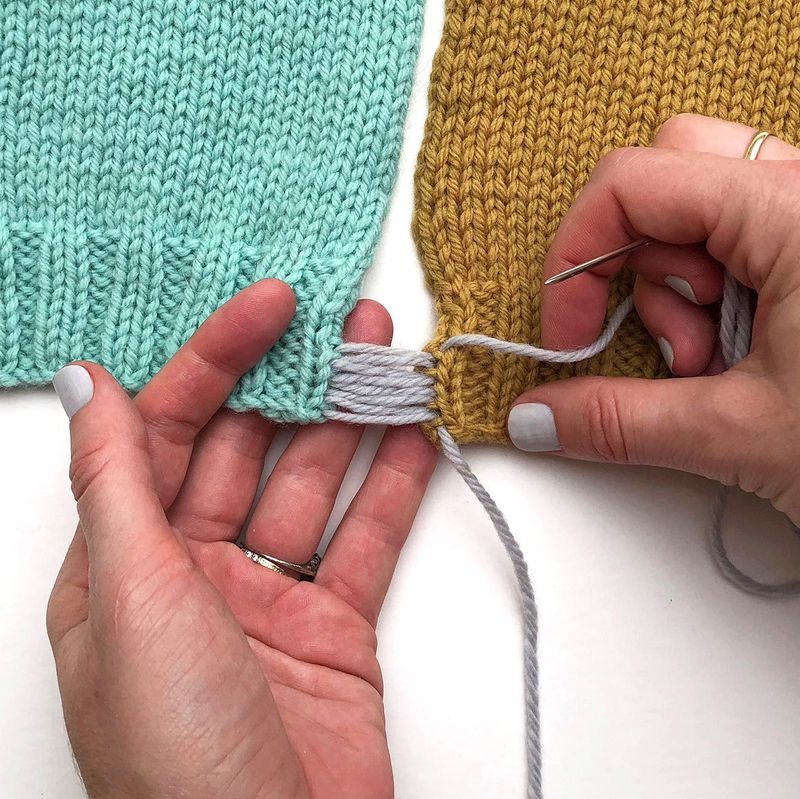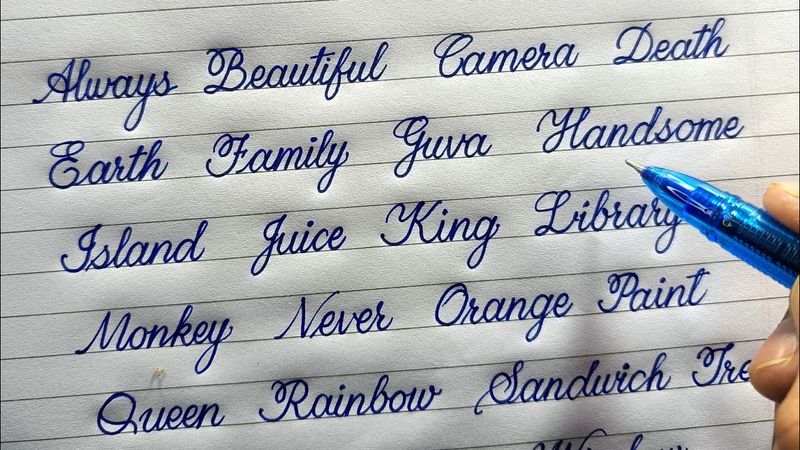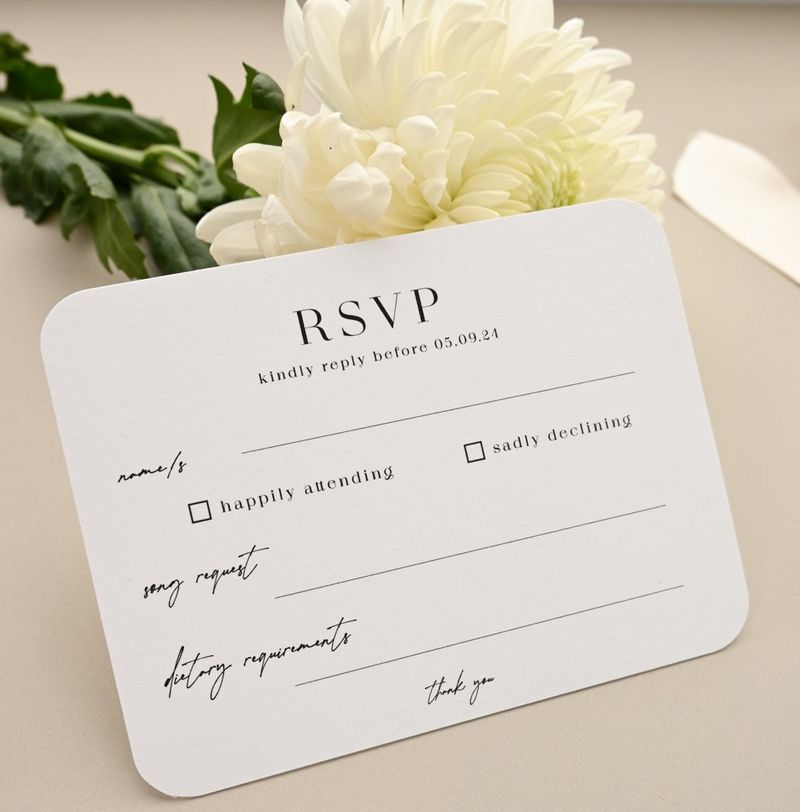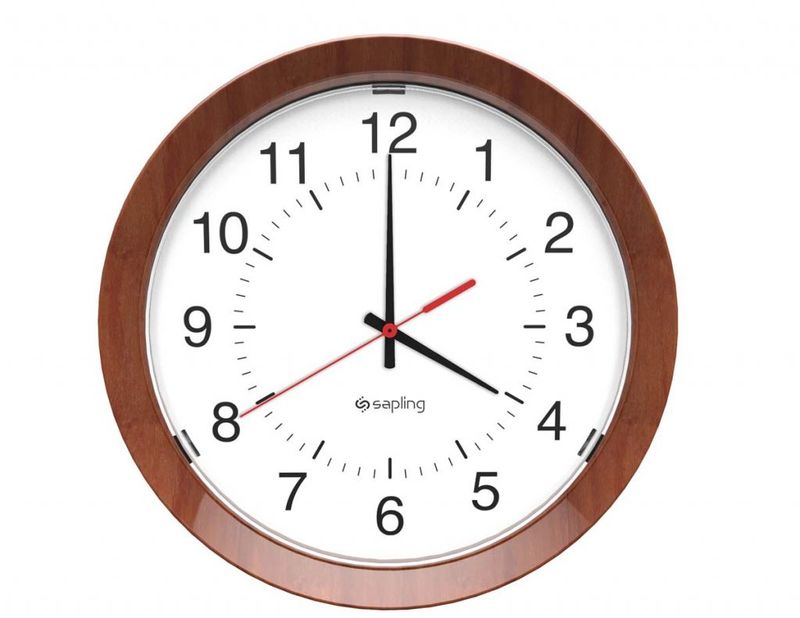In today’s rapidly changing world, many traditions held dear by Baby Boomers are being re-evaluated by Generation Z. As values and lifestyles shift, some customs that were once considered sacred are now being questioned or even canceled.
This blog post explores 22 such traditions, each representing a unique aspect of generational difference.
Through an engaging and conversational tone, we delve into how these customs are perceived and why they may no longer hold the same significance for younger generations.
From fashion to communication preferences, these changes offer a window into the evolving cultural landscape.
1. Formal Dress Codes
Formal dress codes were once a staple of professional and social gatherings, symbolizing respect and status. For Boomers, donning a suit or elegant dress was a non-negotiable part of attending events.
However, Gen Z is challenging this tradition, favoring comfort and personal expression over rigid attire rules.
From casual Fridays to remote work attire, the shift towards relaxed fashion reflects a broader cultural move away from conformity.
The younger generation’s embrace of individuality is reshaping how we view attire, making it more about personal comfort and less about societal expectations.
2. Handwritten Letters
The art of handwriting letters was once cherished as a personal and thoughtful way to communicate. Boomers grew up valuing the tangible nature of paper and ink, which provided a unique connection.
Today, Gen Z prefers digital communication, finding it faster and more efficient.
Texts, emails, and social media have replaced the lengthy process of crafting handwritten notes, reflecting a shift in priorities.
Despite the nostalgic appeal of letters, younger generations prioritize speed and convenience, signaling a change in how relationships are nurtured and maintained.
3. Cable Television
Cable television, once the cornerstone of home entertainment, is losing its grip as streaming services take over. Boomers fondly remember gathering around the TV for prime-time shows, a cultural ritual of shared family moments.
In contrast, Gen Z embraces on-demand viewing, valuing the freedom to watch content anytime, anywhere.
This shift highlights a preference for personalized experiences, with streaming platforms catering to diverse tastes.
As traditional TV viewership declines, the entertainment landscape is transformed, reflecting generational values of flexibility and choice.
4. Phone Calls
For Boomers, phone calls were a primary means of staying connected, offering direct and personal communication. The phone call was a way to hear emotions and nuances that texts couldn’t capture.
Gen Z, however, favors texting and messaging apps, finding them less intrusive and more efficient.
This shift reflects a broader change in communication styles, with brevity and multitasking taking precedence.
While calls are still appreciated for their immediacy in emergencies, day-to-day interactions are increasingly text-based, signifying a generational shift in connectivity.
5. Traditional Weddings
Traditional weddings, complete with church ceremonies and extensive guest lists, were once the pinnacle of marital celebrations. Boomers valued the formality and grandeur associated with these events.
Gen Z, however, is redefining nuptials, opting for intimate and unique ceremonies that reflect personal values.
From destination weddings to unconventional venues, the focus is on meaningful experiences rather than following age-old customs.
As younger couples seek authenticity in their celebrations, they are paving the way for more personalized and less traditional wedding formats.
6. Home Phone Lines
Home phone lines, once a household necessity, are becoming obsolete in the age of smartphones. Boomers relied on landlines for reliable communication, connecting families and communities.
However, Gen Z views them as an unnecessary expense, preferring mobile phones for their convenience and versatility.
The decline of landlines is part of a larger technological evolution that emphasizes mobility and constant connectivity.
As households adapt, the way we communicate continues to evolve, marking a significant departure from the past.
7. Paper Newspapers
Paper newspapers, once the primary source of news, are fading as digital media takes precedence. Boomers grew up with morning routines centered around the daily paper, a tangible connection to the world.
Gen Z, however, prefers accessing news online, where updates are instant and diverse.
This transition reflects a broader trend towards immediacy and accessibility in media consumption.
As the demand for print declines, the newspaper industry faces challenges, adapting to the digital age while preserving journalistic integrity.
8. Physical Photo Albums
Physical photo albums, cherished for preserving memories, are becoming rare as digital storage takes over. Boomers treasured these tangible keepsakes, representing family history and personal milestones.
Gen Z, however, favors digital platforms, where photos are easily stored, shared, and accessed.
This shift underscores a preference for convenience and the ability to share moments instantly.
While the sentimentality of physical albums remains, the younger generation’s embrace of technology offers new ways to capture and celebrate life’s moments.
9. Owning Physical Media
Owning physical media like vinyl records, CDs, and DVDs was once a sign of a well-rounded collection. Boomers valued the tangibility and nostalgia associated with these items.
Gen Z, however, leans towards streaming services, prioritizing accessibility and variety over physical ownership.
This evolution reflects a broader shift in how content is consumed and valued.
While physical media holds a nostalgic charm, the convenience of digital access aligns with the younger generation’s fast-paced lifestyle and environmental consciousness.
10. Formal Dining Rooms
Formal dining rooms, once a symbol of elegance and status, are becoming less common as lifestyles change. Boomers cherished these spaces for hosting special occasions and family gatherings.
Gen Z, however, favors open-plan living, where dining is more casual and integrated into everyday life.
This shift reflects changing priorities, with functionality and flexibility taking center stage.
As homes adapt to modern living, traditional dining rooms are being repurposed, highlighting a departure from past conventions.
11. Business Cards
Business cards were once an essential tool for professional networking, symbolizing credibility and connection. Boomers relied on them to make lasting impressions and expand their networks.
Gen Z, however, prefers digital alternatives, utilizing apps and online platforms to exchange information swiftly.
This change highlights a shift towards efficiency and environmental consciousness.
As digital business practices grow, the traditional business card is becoming a relic, replaced by more sustainable and tech-savvy solutions.
12. Writing Checks
Writing checks was once a common method of payment, symbolizing trust and financial responsibility. Boomers grew up using checks for everything from bills to groceries.
Gen Z, however, embraces digital payment methods, favoring convenience and speed.
Mobile payments and online banking have replaced the need for paper checks, reflecting a shift in financial habits.
As the financial landscape evolves, traditional payment methods are giving way to more efficient and secure options, aligning with the younger generation’s digital lifestyle.
13. Collecting China Sets
Collecting china sets was once a symbol of elegance and heritage, treasured by Boomers for their beauty and craftsmanship. These sets were often passed down through generations, representing family history.
Gen Z, however, values practicality and contemporary design, viewing traditional china as outdated.
This shift highlights a move towards minimalism and functional home decor.
As tastes change, the demand for heirloom china declines, marking a generational departure from past traditions.
14. Postal Mail
Postal mail, once a primary means of communication, is losing relevance as digital correspondence takes over. Boomers remember eagerly awaiting letters and packages, a tangible connection to loved ones.
Gen Z, however, finds email and instant messaging more efficient, prioritizing speed and accessibility.
This transition reflects a broader change in communication preferences, with digital channels offering immediacy.
While physical mail retains some charm, the younger generation’s reliance on technology signals a shift in how we stay connected.
15. Meeting Minutes
Taking meeting minutes by hand was once a standard practice, providing a detailed record of discussions and decisions. Boomers valued the thoroughness and accountability this brought to meetings.
Gen Z, however, opts for digital note-taking tools, which offer efficiency and seamless sharing.
This evolution reflects a shift towards technology-driven solutions in the workplace.
As meetings become more dynamic, digital tools are streamlining processes, making traditional methods increasingly obsolete.
16. Knitting and Sewing
Knitting and sewing, once essential skills for creating clothing and home goods, are less common among Gen Z. Boomers often learned these crafts from family, valuing self-sufficiency and creativity.
Today, younger generations have access to fast fashion and online shopping, making handmade items less necessary.
This change reflects a shift in consumer habits and lifestyle priorities.
While some still cherish these crafts as hobbies, the demand for DIY clothing has diminished, marking a cultural transition.
17. Traditional Work Hours
Traditional 9-to-5 work hours, once the standard for employment, are being redefined by Gen Z. Boomers followed strict schedules, valuing structure and predictability.
oday, flexibility and work-life balance are priorities, with younger generations embracing remote work and flexible hours.
This shift reflects changing attitudes towards productivity, emphasizing outcomes rather than time spent at a desk.
As workplaces adapt, the conventional workday is evolving, aligning with the modern workforce’s values and lifestyles.
18. Cursive Handwriting
Cursive handwriting, once a hallmark of education, is becoming a lost art form. Boomers learned cursive in school, valuing the elegance and individuality it brought to writing.
Gen Z, however, relies on typing and digital communication, finding cursive less relevant.
This transition highlights a shift towards technology and efficiency in communication.
As cursive fades from curricula, the focus is on developing digital literacy, reflecting changing educational priorities.
19. Formal RSVP Cards
Formal RSVP cards, once a standard for event planning, are being replaced by digital invitations. Boomers appreciated the formality and tradition of sending and receiving RSVP cards.
Gen Z, however, values the speed and convenience of online responses, often utilizing apps and email.
This change highlights a shift in how events are organized and attended.
As digital tools streamline the process, the traditional RSVP card is becoming an artifact of the past.
20. Encyclopedias
Encyclopedias, once a staple in homes and schools, are losing ground to the internet. Boomers relied on these comprehensive volumes for research and learning. Gen Z, however, turns to online resources, valuing instant access to information and updates.
This shift reflects a broader change in how knowledge is acquired and shared.
As digital platforms offer vast and dynamic content, traditional encyclopedias are becoming less relevant, marking a departure from past educational norms.
21. Formal Thank You Notes
Formal thank you notes, once an essential gesture of gratitude, are being overshadowed by digital thanks. Boomers valued the personal touch of handwritten notes, seeing them as a reflection of appreciation and manners.
Gen Z, however, prefers quick digital messages, emphasizing immediacy and convenience.
This change reflects evolving communication norms, where efficiency is key.
While handwritten notes retain sentimental value, digital expressions of gratitude are becoming the norm, aligning with contemporary communication styles.
22. Manual Clocks
Manual clocks, once an essential household item, are being replaced by digital devices. Boomers valued the craftsmanship and reliability of traditional clocks, which were often heirlooms.
Gen Z, however, relies on smartphones and smartwatches, finding them more practical and multifunctional.
This shift signifies a technological evolution in timekeeping, with digital devices offering more than just the time.
As technology advances, manual clocks are becoming decorative pieces, reflecting a nostalgic charm rather than a necessity.


